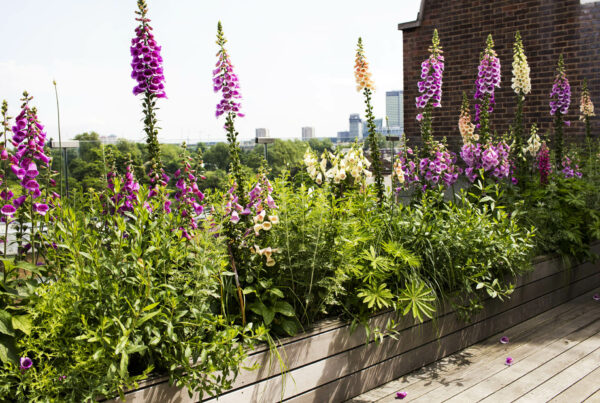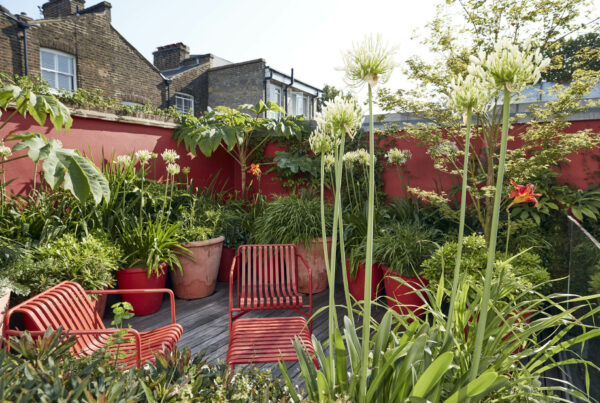Biodiversity in London’s Gardens
London is a living mosaic of parks, squares, churchyards and riverside corridors. That extraordinary green fabric born from centuries of planning and care supports a remarkable variety of life. From eight ancient Royal Parks to more than 2,500 public parks, over 50 private squares and roughly 2,000 miles of canal-side and riverside green corridors, the capital is a surprising refuge for wildlife.
These spaces are not just decorative. They support more than 14,000 distinct species of plants, insects, birds and small mammals. They also deliver real human benefits: cooler streets in summer, cleaner air, better mental wellbeing and places to relax and exercise. For everyone who lives in London, biodiversity makes the city healthier and more resilient.
How urban development and planning shape biodiversity
Modern planning recognises that new development and nature must coexist. For medium and larger developments, local planning policy increasingly requires biodiversity gains: green roofs, sedum blankets, pollinator-friendly planting beds and dedicated open spaces. These solutions help replace the habitat lost to building and deliver benefits to residents and local wildlife.
Green infrastructure also reduces flood risk, buffers noise, and mitigates urban heat islands. In short, it’s not just about protecting species, it’s about shaping liveable neighbourhoods.

Practical actions that make a difference — from homes to large projects
At Town and Country Gardens we’ve worked on both small private plots and large landscape projects for the last 30 years. We design planting schemes that prioritise nectar-rich flowers, seasonal interest and structural diversity so gardens support pollinators year-round.
If you want expert help translating biodiversity goals into a practical garden plan, our garden design services can advise on plant choice, soil improvement and features such as log piles, water points and wildflower patches.
Small steps you can take in any London garden
You don’t need acres to help wildlife. Small, focused changes do more than you might think:
-
Plant a variety of native and pollinator-friendly flowers (lavender, echinacea, alliums).
-
Include plants with staggered bloom times so nectar is available across seasons.
-
Add a shallow water dish or small pond for birds, bees and hoverflies.
-
Create a quiet corner with leaf litter or a log pile for insects and small mammals.
-
Minimise pesticides, many chemicals harm beneficial insects.
These choices boost local biodiversity and make gardens more enjoyable and colourful.
Why this matters for future Londoners
As London grows, we must treat green space as essential infrastructure. Biodiverse landscapes support people, reduce environmental risk, and keep our city vibrant. Whether you manage a shared garden, a private square, or a family back garden, every patch of habitat helps.
For practical, evidence-based guidance on planting and wildlife-friendly gardening, get in touch with Town and Country Gardens via email, or over the phone on 0207 736 7801






